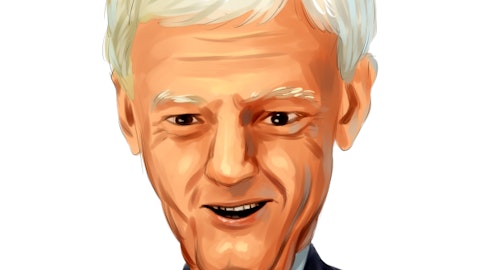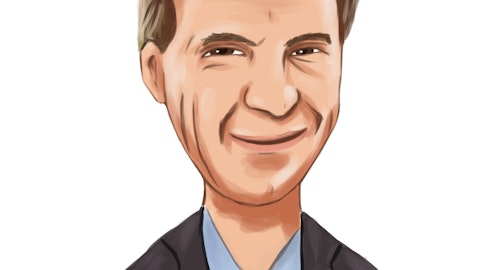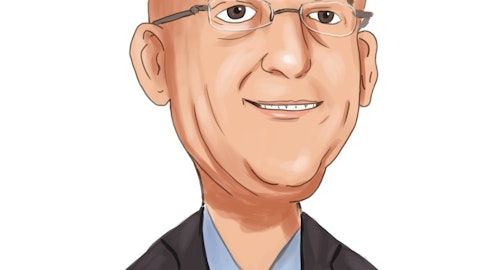Mike Williams: Yes, so, I’ll give you a generalization, then I’ll let Kris talk to more of the specific details. I think, year-over-year from ’22 to ’23, we’re probably seeing an 8% to 10% inflationary impact compared to ’22’s 20%. And then I’ll pass it over to Kris so he can provide you a little bit of color there.
Kristopher Westbrooks: And if you look at where most of that inflation came, Dave talked a little bit about it; we had a little bit on the labor side. But it was also the consumables, and the spare parts, and other materials that we need for routine maintenance, as well as the contractor costs. And we’ve probably got about half to two-thirds of that hit us right as we started 2022. But it did begin to accelerate into Q3 and in Q4. So, the second-half was a bit higher from an inflation perspective in 2022, in the first-half. All in, it was $50 million. And as Mike said, we expect that to continue a bit into 2023, but to a lesser extent from an increase perspective than we experienced last year.
Phil Gibbs: And, Kris, how does that inflation, in general, I guess compared to where we were in the second-half? And so, has labor — not labor, but inflationary factors crept up even relative to where we were in the second-half of last year or have things basically just held at that level on a net basis?
Kristopher Westbrooks: It has crept up a little bit, and that went into our strategy as we negotiated base pricing to essentially recapture that in our top line.
Phil Gibbs: Perfect. And then, as we think about net working capital, certainly went down with business levels, in Q4, as shipments pulled back. But you are looking for better business activity ahead. So, how should we think about what the build back of net working capital could look like?
Kristopher Westbrooks: Yes, so in the first quarter, we do expect it to be a net use of cash for us with higher levels of receivables and inventory that we’re targeting, offset with payables, so a net use there. But there some other considerations as it relates to cash flow in the first quarter, the $20 million of insurance recovery that came in, in cash, that’ll be part of our operating cash flow in the first quarter. As well as we have our annual performance award that gets paid in March, that’s about $7.5 million. So, a couple puts and takes there, but net-net, overall operating cash flow is going to depend on profitability. We continue to manager our working capital very carefully and closely to maintain that discipline that we put in several years ago. And that we expect to continue to be a benefit for us as we move forward.
Phil Gibbs: Thank you.
Mike Williams: Thanks, Phil.
Operator: The next question is from John Franzreb with Sidoti & Company. Your line is open.
John Franzreb: Good morning, everyone, and thanks for taking the questions. Last quarter, the expectation was you would get the utilization rate roughly to 80% to 85% by the end of the first quarter. Is that still the expectation or has it moved one way or the other, can you explain why?
Mike Williams: No, I mean, if you look at our rate of our ramp up progress, it’s progressing that way. And we fully expect to be prepared for a significant improvement in our utilization rate in Q2, as we finish our ramp-up in Q1.
John Franzreb: Okay. And so, the 80% to 85% bogey is still in play or not?
Mike Williams: That’s our target.
John Franzreb: Okay. And I assume that you are starting to place orders into the third quarter at this point, how is that looking compared to the demand profile in the first-half of the year?




